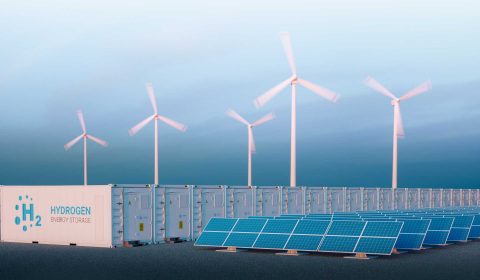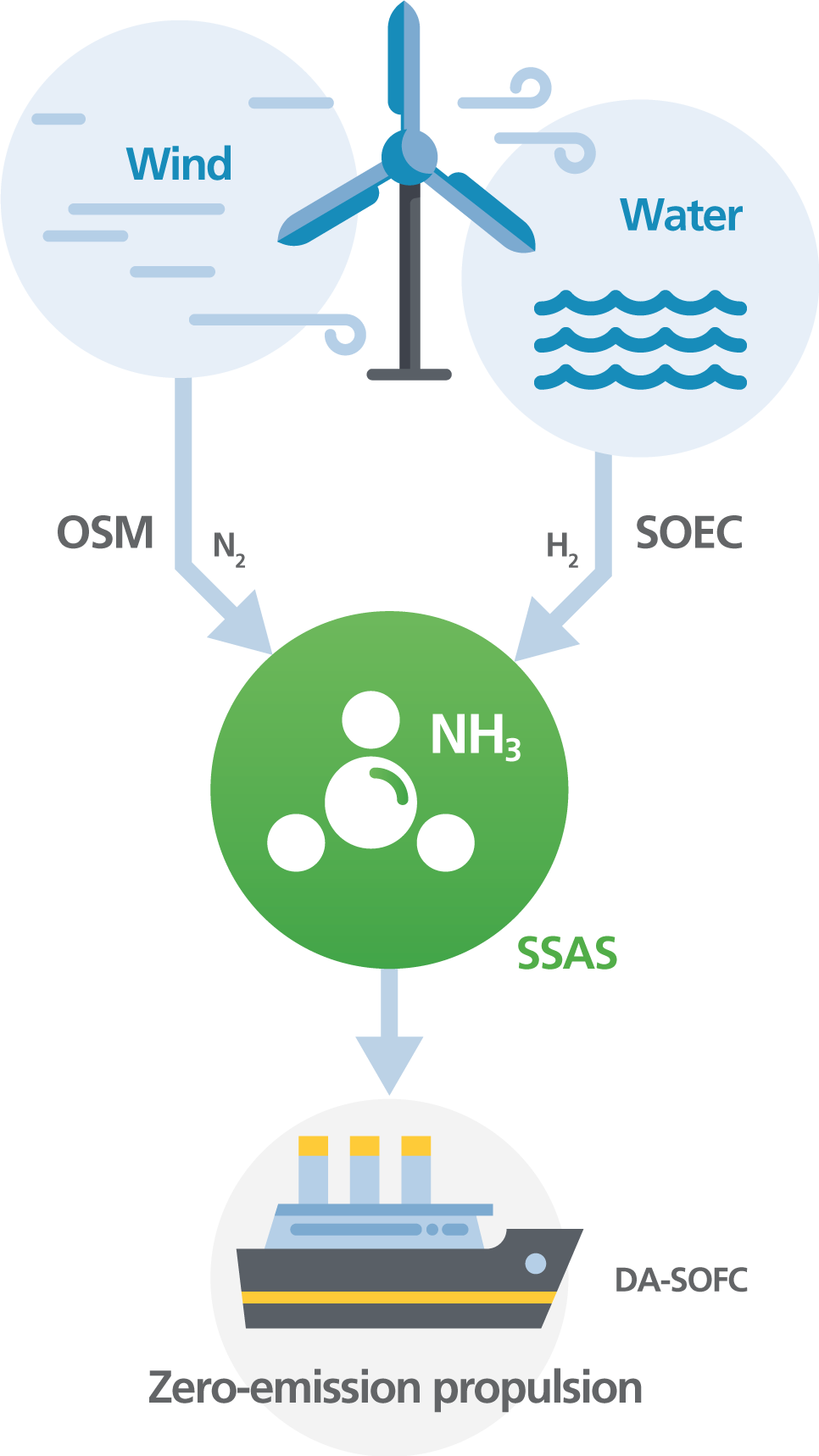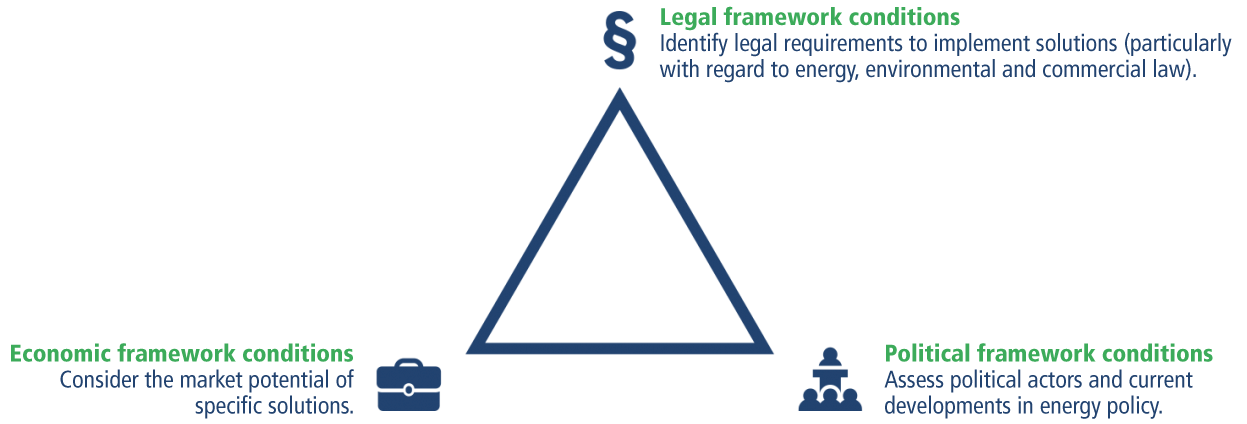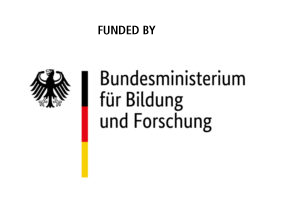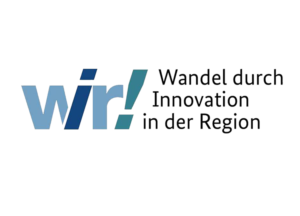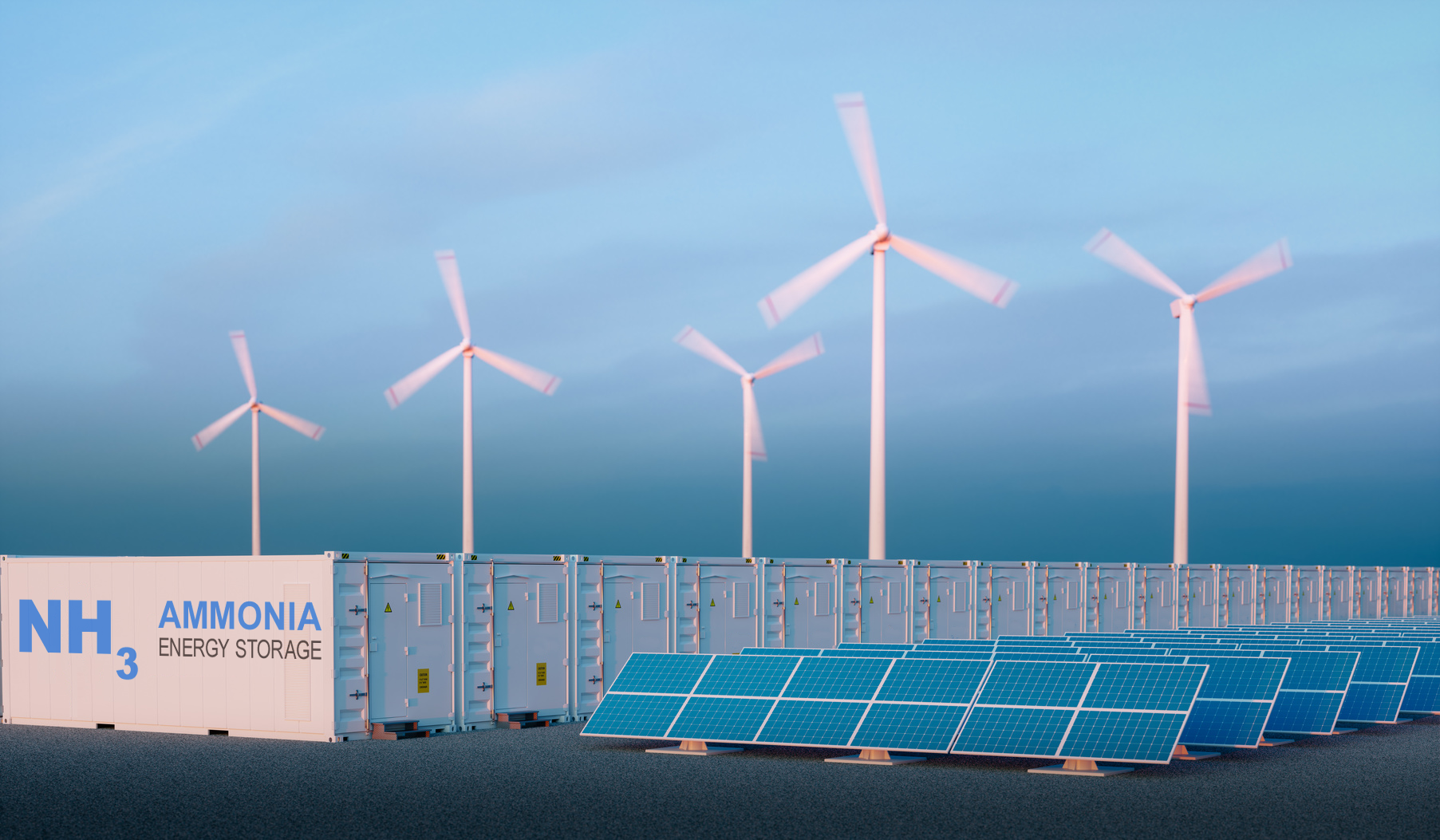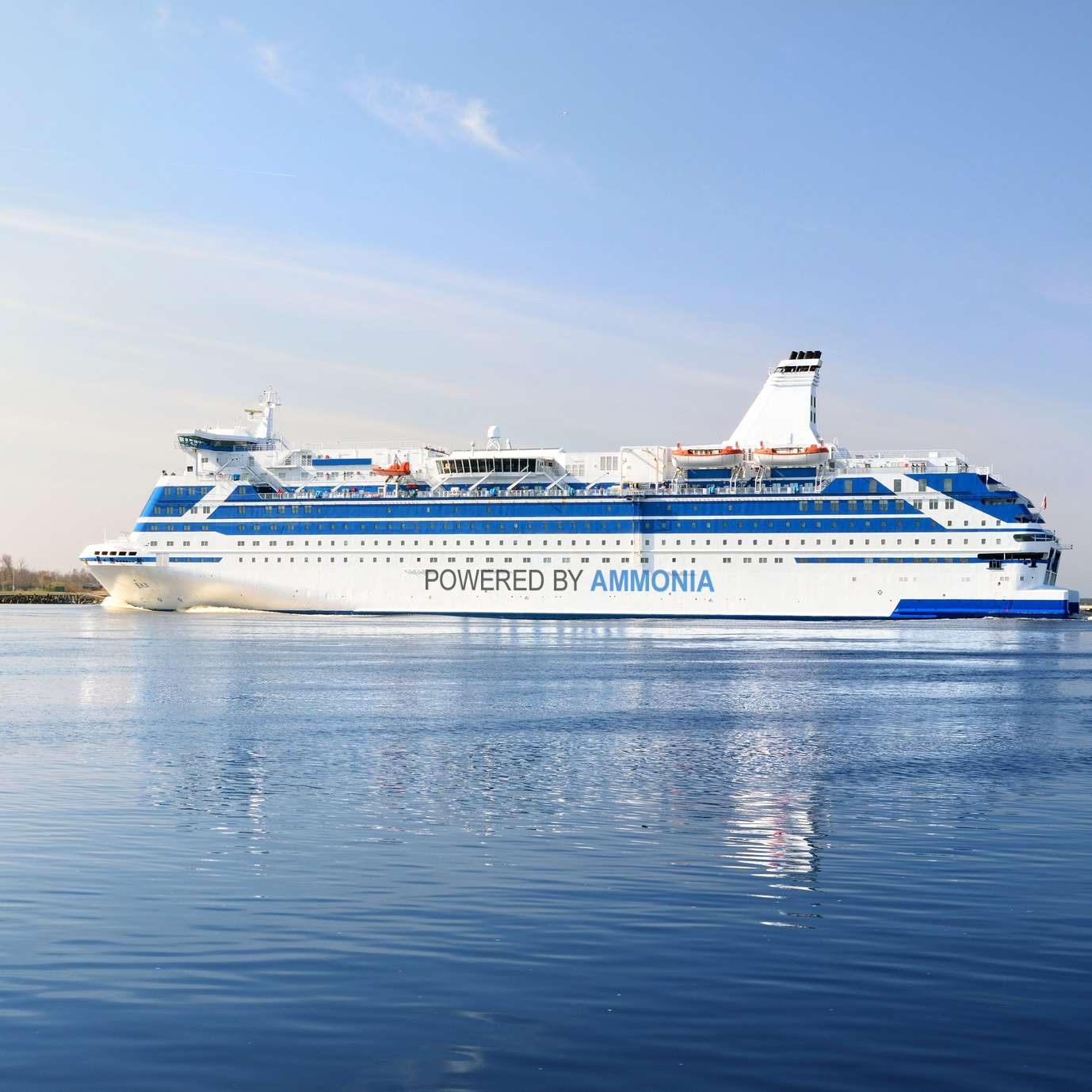An initiative of the WIR! funding programme
The CAMPFIRE research project is financed through the Innovation and Structural Transformation (German: Wandel durch Innovation in der Region (WIR!)) funding programme of the Federal Ministry for Education and Outreach (BMBF). The goal of the project is to develop new energy conversion and storage technologies for green ammonia as ‘hydrogen technology 2.0’, with a breakthrough invention based on electroceramic thin-film membranes.
CAMPFIRE technologies enable locally generated wind power to be converted into green ammonia that is easily and cost efficiently stored, transported and distributed. Ammonia may be used directly or converted back into hydrogen in combustion engines, turbines and fuel cells, allowing propulsion systems to operate carbon free. The new technologies can then be integrated into existing value chains that have been developed on the basis of established technologies. This makes the region of Northeast Germany a pioneer in carbon-free hydrogen technologies 2.0 for zero-emission shipping in Europe.
A future energy economy based on green ammonia from renewable energies will enable us to use hydrogen as an economical fuel and as the key component of a secure, carbon-free energy supply. In the long term, it will also open up a new path for effective and cost-efficient methods to reduce global carbon dioxide levels in the Earth’s atmosphere.

